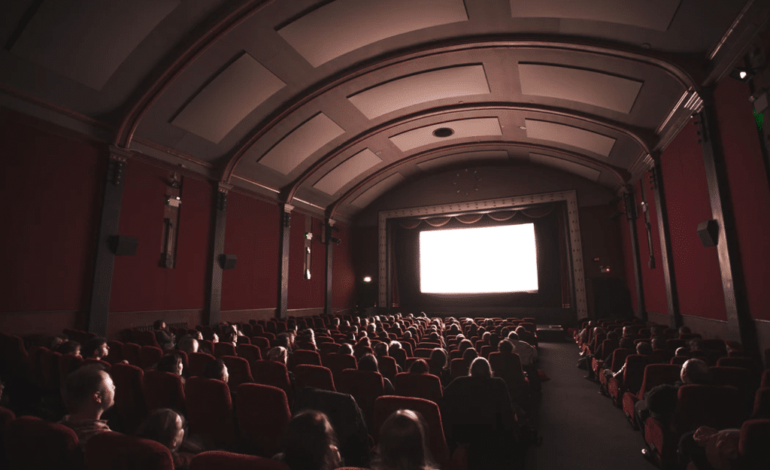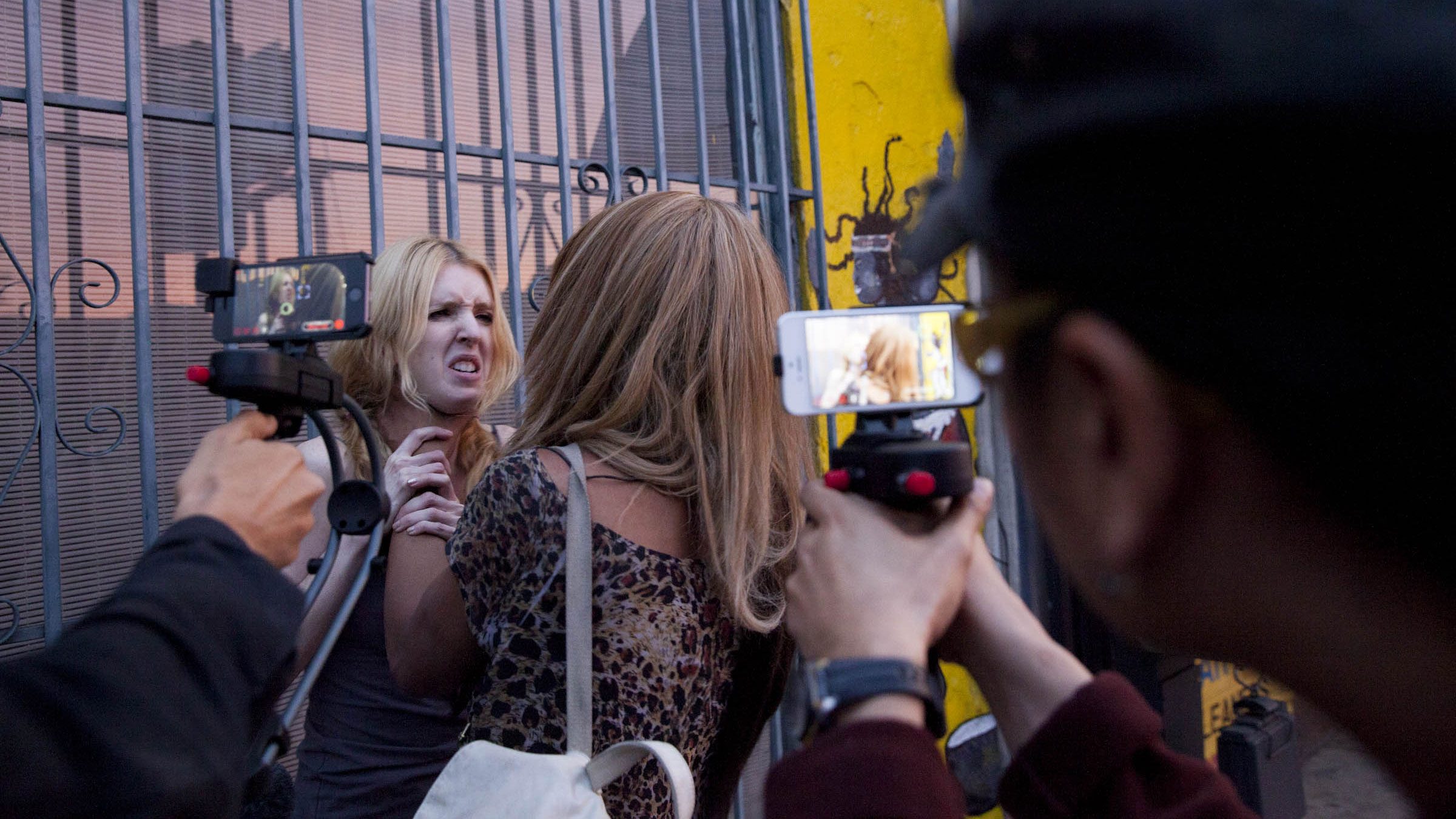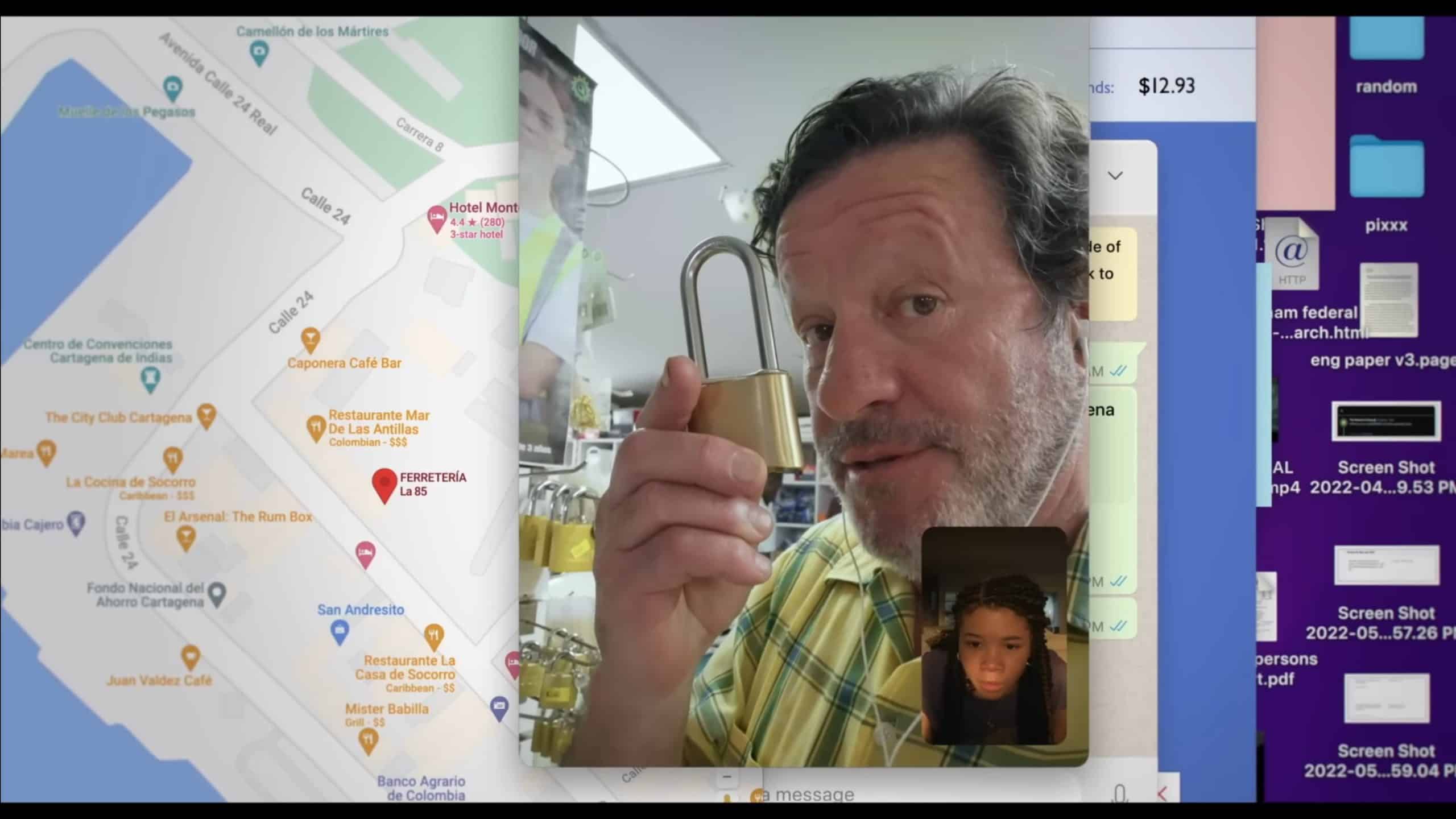

The 130 years since the birth of cinema, the overwhelming majority of filmmakers have never had the opportunity to slide their camera into their back pocket and use it when they choose to. A piece of technology that began as a hand-cranked Kinetoscope has now evolved into a slab of carbon and glass the size of our hand, and it can record virtually anything for hours at a time. How has this impacted our own definition of cinema, and specifically its visual language?
It’s not especially rare to see accounts labeled “digital production company” on social media sites like Instagram and Facebook. Rather than use the pages as promotions for feature-length work or other avenues, the account itself is the source for cinematic-level content. In order to portray the impact of this kind of film production on the medium, we first must define the illusive term that people use to deem film and television content high-quality. Is it purely a subjective opinion? Or is there some structure to what we see as cinematic?
I’ll start by defining the term through its neighboring concept– cinematography. To most general audiences, cinematography will stand out to them if the color or lighting looks visually appealing or pretty. To others more well-versed in the craft, they might define it in a similar light to editing, in that the less we notice it, the more skilled the storyteller. Therefore, a cinematic image delivers an aesthetically pleasing look without over compromising the story. It’s also associated with dimensional lighting, skillfully composed frames, and wide color dynamics.
Furthermore, do cinematic shots need to have context in order to be considered beautiful by general audiences? Not necessarily. A good number of social media production companies I’ve come across can also be labeled as “mood films,” or short ten/twenty second reels with similar color palates and composition that evoke an emotion or story concept. Whether it’s a trend on a famous director, like Wes Anderson, or an artists’ original concept, achieving a cinematic look is relatively easy with the right equipment and software. Now, with free editing and coloring software like DaVinci Resolve and a free platform like Instagram, digital film production is more popular than ever.


Some have adopted the horizontal aspect ratio from standard Hollywood films, in which case, a countdown is inserted so the viewer has time to turn their phone sideways. Other film reels have incorporated the vertical ratio so that they appear cinematic despite a severe cropping effect. If the content creator is shooting their own material, they might record with the spatial limitations in mind, so that the concept and execution is made for a social media audience. Is that still considered filmmaking? If you take away one of the foundational elements of film, which has always been viewed from a horizontal axis, are we actually talking about a different medium entirely?
The 2015 film, Tangerine, is a perfect example of how evolving technology can work within the cinematic expectations of film, while still pushing the medium to new heights. The project is famous for being shot entirely on an iPhone 5s, which was unheard of at the time of feature film production. The low-grade camera brought with it a warped, mega-wide field of view and a gritty texture which came from the lower amount of pixel information. In other words, this film sounds anything but cinematic. So why is it a favorite amongst film lovers and tried-and-true defenders of the medium?


The answer is simple– because the film still succeeds, not despite of the low grade technology, but because of it. The raw visuals serve the film because it revolves around the story of two transgender girlfriends working on the streets of Los Angeles in the sex work industry. Although the camera choice saved lots of money, which was then used on color correction and marketing, it also served the story in a way that would not have been possible with a high-level camera and $100,000 lenses.
While directors like Steven Soderberg and Tristian Pope have also experimented with the iPhone shooting style, Sean Baker’s film was the first true proof that digital recording has a place in storytelling, both online and in theaters. But should one selection of media really be able to belong in both? One film releasing this year, Missing, has officially been labeled a “screenlife thriller,” because the entire story occurs inside social media posts, tweets, and facetime calls. So, it seems vertical cinema can be incorporated as Instagram reels with professional color grading and cinematic composition, as well as feature length films that use media platforms as their method to reveal the narrative.


In addition to using a smartphone to film anything, they can also be used as plot devices, tools of exposition, and ways to connect to younger audiences. Using them to promote your brand, your music, or even your style of filmmaking has become commonplace, but it must not be confused for cinema, which is a case of experiencing a story that moves the audience emotionally and forces them to enact a change or confront a question. This does not even have to be a group activity now, with the onslaught of streaming, but it must reach deeper than aesthetically pleasing pictures and compositions. Context is the key to story, and without it, shots are just shots.
The same way people have now have access to take photos of anything they want, it does not deem each person a photographer. There’s a line that must exist between content and art, and I think this is the core of the debate between vertical filmmaking and the inclusion of iPhones in general. We might not all agree on what’s cinematic, but there is an agreeable difference between media and art because of the intent. We shoot with the intention of making a film, not to make content. And this is why Sean Baker’s film succeeded, because to him, the iPhone was just another camera. He applied all the same principles of storytelling so that the cinematography was only second to the story being told on screen. That’s a concept that all filmmakers can consider when cycling out cameras for the next best thing, because without you realizing it, it might already be in your hand.
